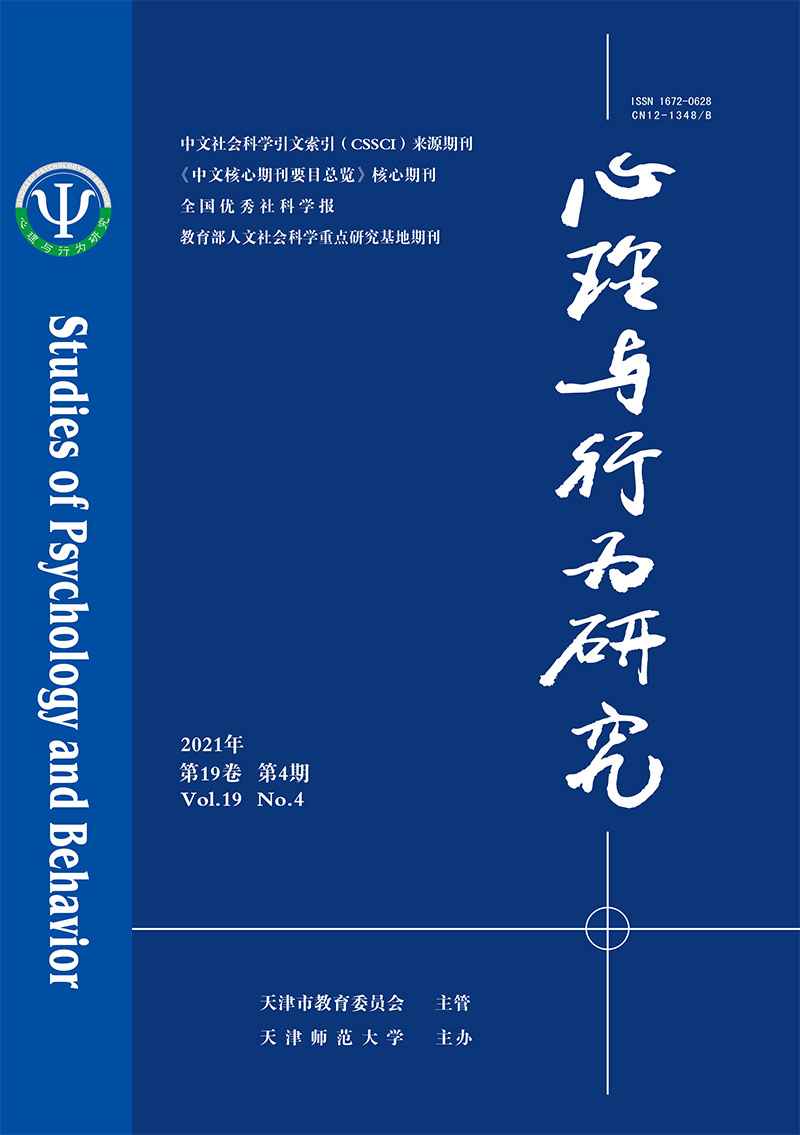|
|
The Effects of Irrelevant Speech on Reading Among First Graders First-Grade Students: An Eye-Tracking Study
ZHANG Suyuan, LAN Zebo, ZHANG Shui, MENG Zhu, YAN Guoli
2021, 19(4):
433-438,446.
The effects of irrelevant speech on adult reading have been confirmed, but few studies have assessed children’s reading performance in the presence of irrelevant speech. To investigate whether there is an irrelevant speech effect for Chinese beginning readers, the present study recorded the eye movements of first-grade students during sentence reading. Four different background speeches were manipulated, that is, meaningful speech, meaningless speech, pink noise, and silence. The results showed that compared with silence, the reading performance under the meaningful speech condition was disrupted, such that longer reading time and saccade length, more fixation and regression counts. In the local analyses, the total fixation duration was increased in the meaningful speech condition than that of in the silence condition, however, such effect was absent on the measure of first fixation duration and gaze duration. These findings indicate that meaningful speech condition influences the reading of first graders, and influences the late word processing.
|

